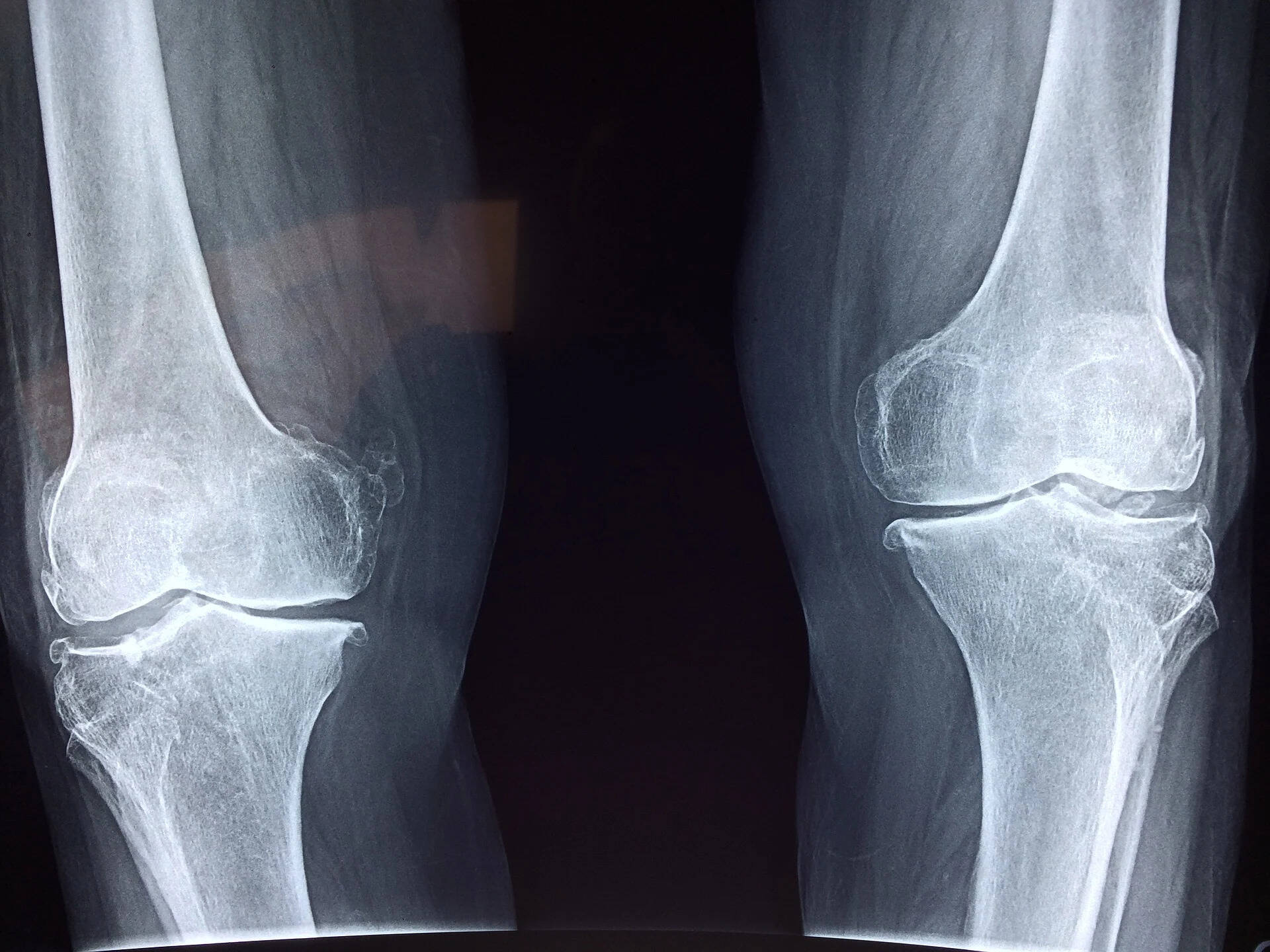
Localized Epiphyseal Dysplasia might sound like a mouthful, but understanding it can be simpler than you think. This condition affects the growth plates in bones, leading to shorter stature and joint issues. But what exactly is it? In essence, it's a rare genetic disorder that impacts bone development, particularly in the limbs. Kids with this condition often experience pain, stiffness, and sometimes deformities in their joints. Despite its rarity, knowing the facts about this disorder can help in recognizing symptoms early and seeking appropriate treatment. Curious to learn more? Here are 25 key facts that will shed light on this unique condition.
Key Takeaways:
- Localized Epiphyseal Dysplasia (LED) is a rare genetic disorder that affects bone growth, leading to short stature, joint pain, and early-onset arthritis. Treatment options include physical therapy, surgical intervention, and pain management.
- Early detection of LED is crucial for managing symptoms. Genetic testing, MRI scans, and family history play a key role in diagnosis. Treatment involves pain management, orthopedic devices, and regular monitoring by healthcare providers.
What is Localized Epiphyseal Dysplasia?
Localized Epiphyseal Dysplasia (LED) is a rare genetic disorder affecting bone growth. It primarily impacts the ends of long bones, known as epiphyses, leading to various skeletal abnormalities.
- LED is a genetic disorder that affects bone development, particularly the growth plates at the ends of long bones.
- The condition is often inherited in an autosomal dominant pattern, meaning one copy of the altered gene in each cell is sufficient to cause the disorder.
- LED can lead to short stature due to the abnormal development of the growth plates.
- Joint pain and stiffness are common symptoms experienced by individuals with LED.
- The disorder can cause early-onset arthritis, particularly in weight-bearing joints like hips and knees.
- X-rays are typically used to diagnose LED, revealing irregularities in the growth plates and epiphyses.
- Mutations in specific genes, such as COMP (cartilage oligomeric matrix protein), are often responsible for LED.
- The severity of symptoms can vary widely among individuals, even within the same family.
- Physical therapy can help manage symptoms and improve mobility for those with LED.
- In some cases, surgical intervention may be necessary to correct severe bone deformities.
Symptoms and Diagnosis of LED
Understanding the symptoms and how LED is diagnosed can help in early detection and management of the condition.
- Delayed growth in childhood is often one of the first signs of LED.
- Bowing of the legs or other bone deformities may become apparent as the child grows.
- Frequent fractures can occur due to weakened bone structure.
- MRI scans can provide detailed images of the bones and cartilage, aiding in diagnosis.
- Genetic testing can confirm the presence of mutations associated with LED.
- Family history plays a crucial role in diagnosing LED, as it is often inherited.
Treatment and Management of LED
While there is no cure for LED, various treatments can help manage symptoms and improve quality of life.
- Pain management is essential, often involving medications like NSAIDs to reduce inflammation.
- Orthopedic devices, such as braces or orthotics, can support affected joints and bones.
- Regular monitoring by a healthcare provider is important to track the progression of the disorder.
- Nutritional support, including supplements like calcium and vitamin D, can help maintain bone health.
- Exercise programs tailored to the individual's needs can improve strength and flexibility.
- Psychological support may be beneficial, as living with a chronic condition can be challenging.
Research and Future Directions
Ongoing research aims to better understand LED and develop more effective treatments.
- Stem cell therapy is being explored as a potential treatment to regenerate damaged cartilage and bone.
- Gene therapy holds promise for correcting the genetic mutations that cause LED.
- Clinical trials are ongoing to test new medications and therapies that could improve outcomes for individuals with LED.
Final Thoughts on Localized Epiphyseal Dysplasia
Localized Epiphyseal Dysplasia (LED) might sound complex, but understanding it can make a big difference. This condition affects the growth plates in bones, leading to shorter stature and joint issues. Early diagnosis and treatment are crucial for managing symptoms and improving quality of life. Regular check-ups with a healthcare provider can help monitor the condition and adjust treatments as needed. Remember, while LED can present challenges, many people with this condition lead fulfilling lives. Staying informed and proactive in managing health can make all the difference. If you or someone you know is dealing with LED, don’t hesitate to seek support from medical professionals and support groups. Knowledge and community can provide the strength needed to navigate this condition.
Frequently Asked Questions
Was this page helpful?
Our commitment to delivering trustworthy and engaging content is at the heart of what we do. Each fact on our site is contributed by real users like you, bringing a wealth of diverse insights and information. To ensure the highest standards of accuracy and reliability, our dedicated editors meticulously review each submission. This process guarantees that the facts we share are not only fascinating but also credible. Trust in our commitment to quality and authenticity as you explore and learn with us.
